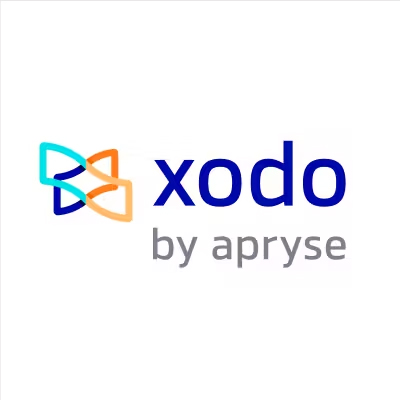If you have a XLSX file that you need to convert to JSON, you've come to the right place. Converting your XLSX files to JSON format can offer several benefits. JSON (JavaScript Object Notation) is a lightweight data interchange format that is easy to read and write for humans, as well as parse and generate for machines. It is widely used in web development and is supported by most programming languages. By converting your XLSX files to JSON, you can easily extract and manipulate data, making it more accessible and versatile. Whether you need to import data into a web application or analyze and process it using programming languages like Python or JavaScript, converting XLSX to JSON can streamline your workflow.













XLSX files are a file format used to store data in a structured way. They are commonly associated with Microsoft Excel, a popular spreadsheet program. XLSX stands for eXtensible Markup Language Spreadsheet. This file type was introduced in Excel 2007, replacing the older XLS format. XLSX files are based on XML, a markup language that allows for the representation of structured data. These files can contain multiple sheets, each containing rows and columns of data. XLSX files are widely used for various purposes, such as data analysis, financial modeling, and project management. They can store a wide range of data types, including numbers, text, formulas, and formatting information. XLSX files can be accessed and edited using spreadsheet software like Excel, Google Sheets, and LibreOffice Calc.
JSON files, also known as JavaScript Object Notation files, are a popular data format used for structuring and organizing information. They are commonly used in web development and data storage due to their simplicity and flexibility. JSON files are lightweight and easy to read and write, making them ideal for transmitting and storing data. They consist of key-value pairs, with values ranging from simple strings and numbers to complex nested structures. JSON files are widely supported in various programming languages and can be easily parsed and used to transfer data between different systems. They are often used in conjunction with APIs to exchange data between a server and a client application.